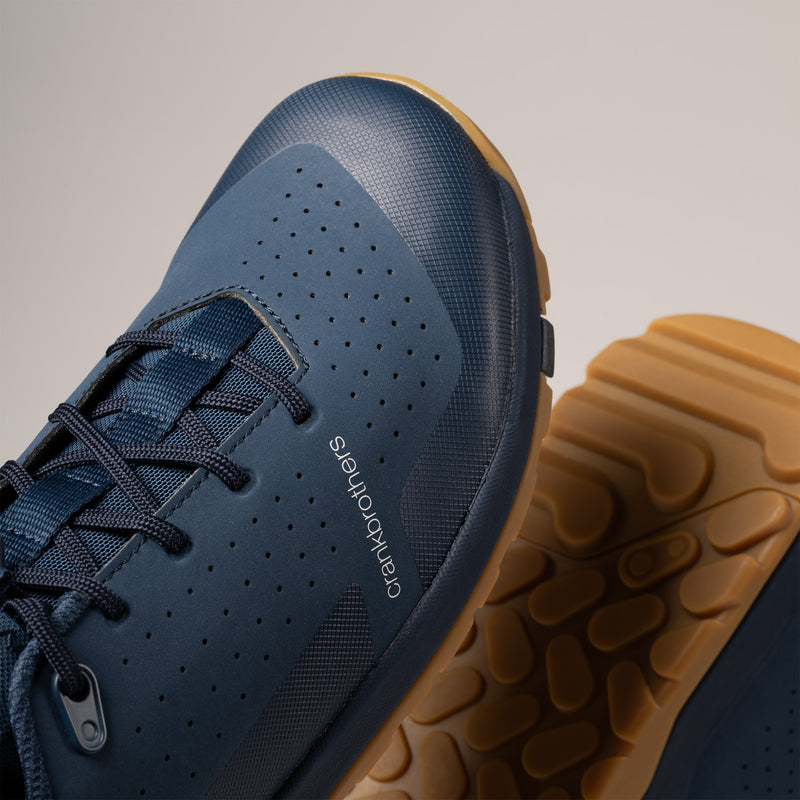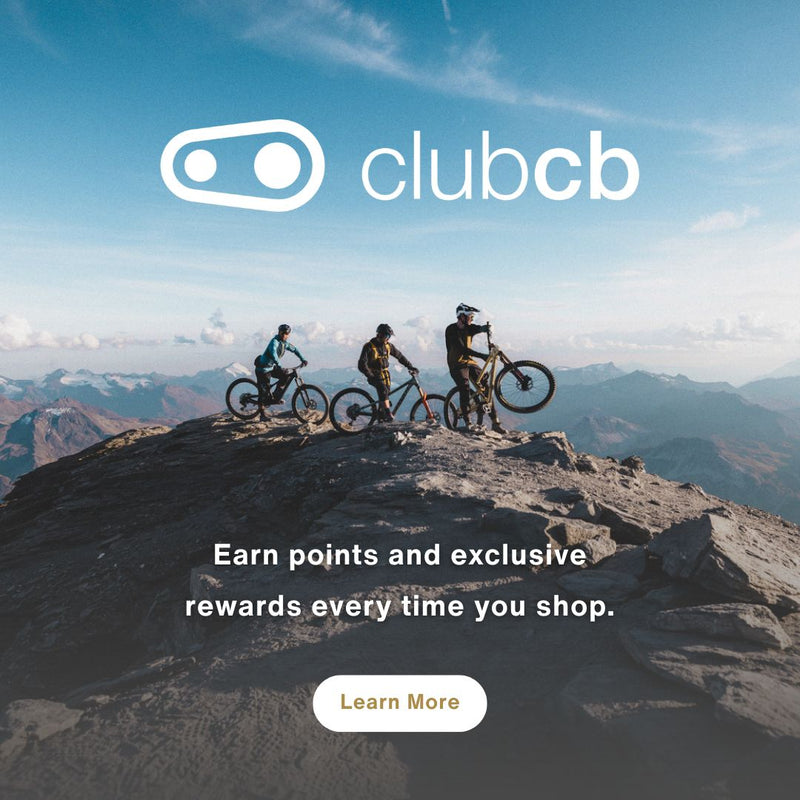Q & A - RESEARCH & DEVELOPMENT
Do you ever wonder how a product comes to fruition? Why are some products made of carbon and some from aluminum? Or simply why your favorite flat pedals have ten pins? All of these questions and more are solved by our Research and Development department, tasked with the challenge of constantly improving the riding experience, through our range of products, from shoes and pedals, to wheels and dropper posts, and everything in-between. We recently sat down with our R&D team, and they answered some of your questions submitted to us on Instagram. Have a question about product, testing, or just about anything Crankbrothers related? Be sure to reach out to us there; we’re always happy to chat!

On average, how long does a new product take to develop?
From start to finish, new Crankbrothers products can take anywhere from six months to five years to develop based on the size and scope of the project.
How do you decide where to save weight and where to sacrifice it?
We always focus on the rider experience and product quality first, and if there is an opportunity to save weight after that, we will do so. We’ll start the development process with our best guess, test it thoroughly, and then add or remove material where appropriate before testing again.
How do you know what placement of pins will give the most grip on flat pedals?
Our founders, Carl and Frank, have been designing pedals for over two decades. We also have some die-hard flat pedal riders on the team with extensive ride time on countless pedals.
Our group’s combined insights, experimentation, and back-to-back iterative testing lead us to the pin placement on any new pedal. In addition to their placement, the pin's diameter, height, and style can also have a big impact on grip.

What happens to all of the prototype parts?
We archive and store our first articles (the first item manufactured using the same processes as mass production), recycle any prototypes that are no longer useful to the development process, and continue long-term ride testing others. The ones that might inform a future product also get stored.
What sort of testing did you do on the Synthesis wheels to make them strong?
Prior to releasing the Synthesis wheel line, prototypes underwent extensive destructive and fatigue lab testing, LOTS of ride time in a variety of terrain, plus plenty of high-speed smashing from the UNNO Factory Racing team as they tackled the UCI Downhill World Cup series.

How do you decide what kind of material is best suited for a new product?
We weigh several factors, including the material’s application, the environment it’s used in, wear requirements, weight targets, and ride quality, to determine the optimum material.
Are we ever likely to see a Carbon Stamp pedal? Is it possible to make?
Anything is possible!
How many prototypes do you roughly make before a product is finished?
This depends a lot on the complexity of the product and its margin of safety. As these increase, we’ll often make more prototypes to dial in details and strength.

How do you balance the looks of a product with functionality? Are there products that could look way uglier but perform much better?
While you could certainly create products that are more functional but don’t look as good, Crankbrothers strives to find the real beauty that naturally occurs when we arrive at simple solutions.
How long does it take to lay up a carbon rim?
Depending on the rim, the carbon layup process can take 45 minutes to an hour with a skilled worker. That’s prior to curing.

What do you think will be the most exciting material for constructing a product over the next 10 years? Will there be something better than carbon, do you think?
Interestingly, the process may be more exciting than the material over the next decade. 3D printing and automation gains are going to be a big deal across a variety of materials. “Carbon fiber” as a material class is also continually evolving, and the fibers and matrices they are molded in are getting better. A shift to thermoplastics over epoxies can also provide a tougher product processed in less time.
What programs do you use to design a product?
Solidworks and its many add-ons are the go-to for our team.

How many people work on the R & D team? And do they all work on every product?
Adding up our designers, development engineers, manufacturing engineers, quality team, and product managers, we’ve got 17 people consistently involved in R&D. Crankbrothers also works with a vast network of ride testers worldwide to get a variety of product input.
While products are often headed up by a few people with the most knowledge in that category, we employ a team mindset where every member has the opportunity to test, experience, and weigh in on a product prior to its release.
What was the most exciting product to develop? What was the toughest?
In recent history, our Synthesis carbon wheels and the Stamp 7 flat pedal were among the most exciting. The toughest? Well, that’s still in the works!













